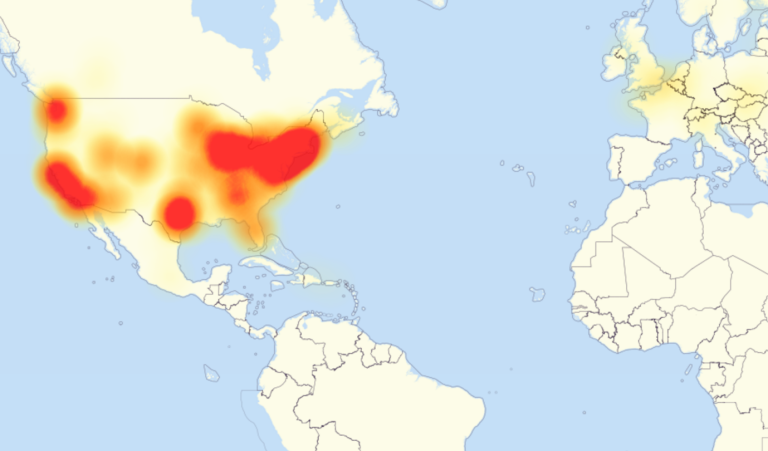Attack Description :
In an highly alarming implications for NATO (https://www.nato.int) and its members. The claim by the pro-Russia hacktivist group, SiegedSec, to have compromised the COI Cooperation portal operated by the NATO Communications and Information Agency raises serious security concerns.
- NATO Portal Compromise: The alleged compromise of the COI Cooperation portal, an internal platform operated by NATO, indicates a severe breach of security within the organization’s infrastructure.
- Sensitive Document Leak: The leak of sensitive documents intended exclusively for NATO countries and partners poses a significant risk to national security, intelligence, and diplomatic relations.
- Hacktivist Group: SiegedSec is identified as a pro-Russia hacktivist group, suggesting that the attack might be politically motivated and potentially part of broader geopolitical tensions.
- Compromised Database: The size of the compromised database, totaling 845 MB, containing eight folders of various internal agencies, including AFPL, FMN, JLSG, NCISG, and NEWAC, implies that the attackers gained access to a substantial amount of sensitive information.
- Security Implications: The breach highlights vulnerabilities in NATO’s cybersecurity infrastructure and raises concerns about the security practices of its internal communication and information systems.
Response & Mitigations
- Incident Response: NATO should immediately activate its incident response teams to investigate the extent of the breach, contain the incident, and assess the potential damage.
- Communication and Transparency: NATO must communicate transparently with its member countries and partners about the breach, the nature of the compromised information, and the steps being taken to mitigate the impact.
- Data Privacy and Protection: The affected NATO agencies should inform any individuals whose personal data might have been compromised and take necessary measures to protect their privacy and security.
- Forensic Analysis: Thorough forensic analysis should be conducted to determine the extent of the breach, the methods used by the attackers, and any other potential areas of compromise.
- Improvement of Security Measures: NATO must review and enhance its cybersecurity measures to prevent similar incidents in the future. This includes system hardening, access controls, encryption, and continuous monitoring.
- Cooperation with Law Enforcement: NATO should cooperate with law enforcement agencies in relevant countries to identify and hold accountable the individuals responsible for the breach.
- Public Awareness and Vigilance: Members of NATO(https://www.nato.int) and its partners should be vigilant for any potential misuse of the leaked information and raise awareness about potential social engineering attacks or phishing attempts.
Take Away: Cybersecurity remains a critical concern for organizations, especially those handling sensitive information related to national security and international cooperation. This incident serves as a stark reminder of the ongoing need to prioritize and strengthen cybersecurity measures to safeguard critical data and operations.
Disclaimer : The information provided herein is on “as is” basis, without warranty of any kind.





